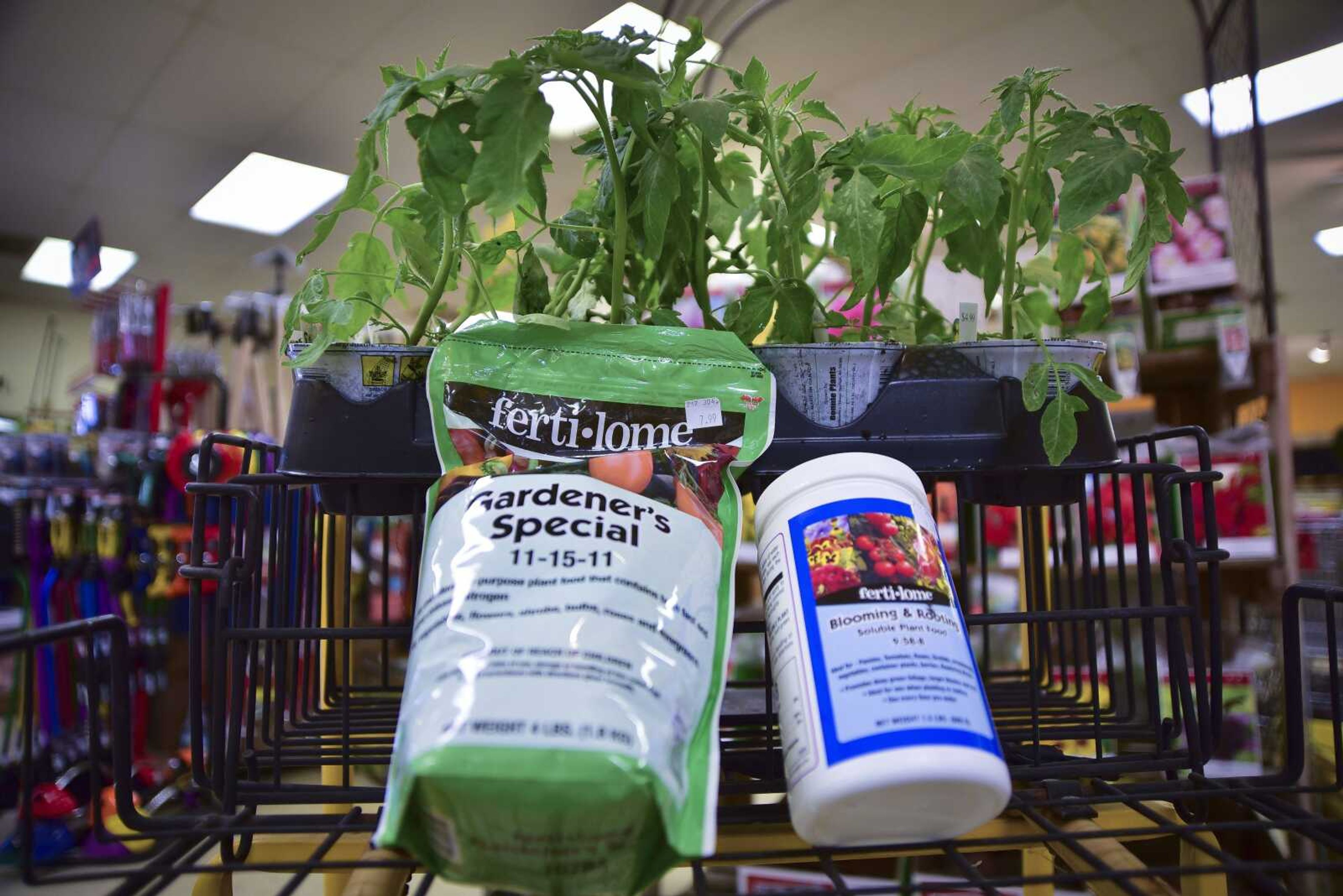Fertilizer is a numbers game
I have been talking with a lot of gardeners who say they are itching to plant something, then as the conversation continues, I am asked if they can use just any old fertilizer when they plant. They have some 12-12-12 in the garage, or some 46-0-0 that they want to use up...
By Paul Schnare
I have been talking with a lot of gardeners who say they are itching to plant something, then as the conversation continues, I am asked if they can use just any old fertilizer when they plant. They have some 12-12-12 in the garage, or some 46-0-0 that they want to use up.
My answer is, "yes, you can use those fertilizers and they may work for you, but your seed or plants would prefer something else at planting time."
Their next question is, "Well what do you think I ought to use?"
To understand fertilizing you need to understand that different parts of a plant respond to different nutrients in order to flourish. If you want plants to spend their energy in producing roots, then use a fertilizer that is high in the middle number, phosphorous, and a low in the first number, nitrogen.
When planting seed in a garden or in a lawn, you want that new plant to spend most of its energy in producing roots at first. These new roots will absorb moisture and nutrients from the soil in order to support plant growth. I would suggest a fertilizer such as an 11-15-11. Without a good, strong root system, growth of shoots and leaves will falter.
Likewise when you transplant vegetable plants and trees and shrubs, they need to develop a root system rapidly in order to provide nourishment and moisture to the leaves and shoots so the newly planted plant can survive the process. Therefore the transplanting fertilizer you use should also have a middle number (phosphorous) higher than the first number (nitrogen). I would recommend a soluble 9-58-8.
Once a garden plant (other than foliage vegetables such as lettuce and cabbage) has developed a good root system, you want it to produce fruit. The middle number (phosphorous), if higher than the first number (nitrogen), will tell a plant to produce flowers and fruits. Therefore if you have garden plants, such as tomatoes that have an established root system, you can then tell them to begin flowering and producing tomatoes by using an unbalanced fertilizer where the middle number is larger than the first number.
Not all plants in your landscape require you to tell them to produce roots, flowers and fruits. For example, if you have an established lawn, you will want the grass plants to produce a lot of leaf foliage. After all, mowing will give you something to do during the summer.
If you want to tell your lawn to produce this nice green foliage, then use a fertilizer that is high in nitrogen, such as a 24-0-4.
Most lawn fertilizers have high nitrogen numbers as compared to phosphorous and potassium (third number).
In review, remember that plants have a certain development cycle based upon season and normal plant development. You want to encourage that development cycle by providing the plant with the correct nutrients at the right time to encourage that natural development cycle.
Connect with the Southeast Missourian Newsroom:
For corrections to this story or other insights for the editor, click here. To submit a letter to the editor, click here. To learn about the Southeast Missourian’s AI Policy, click here.










